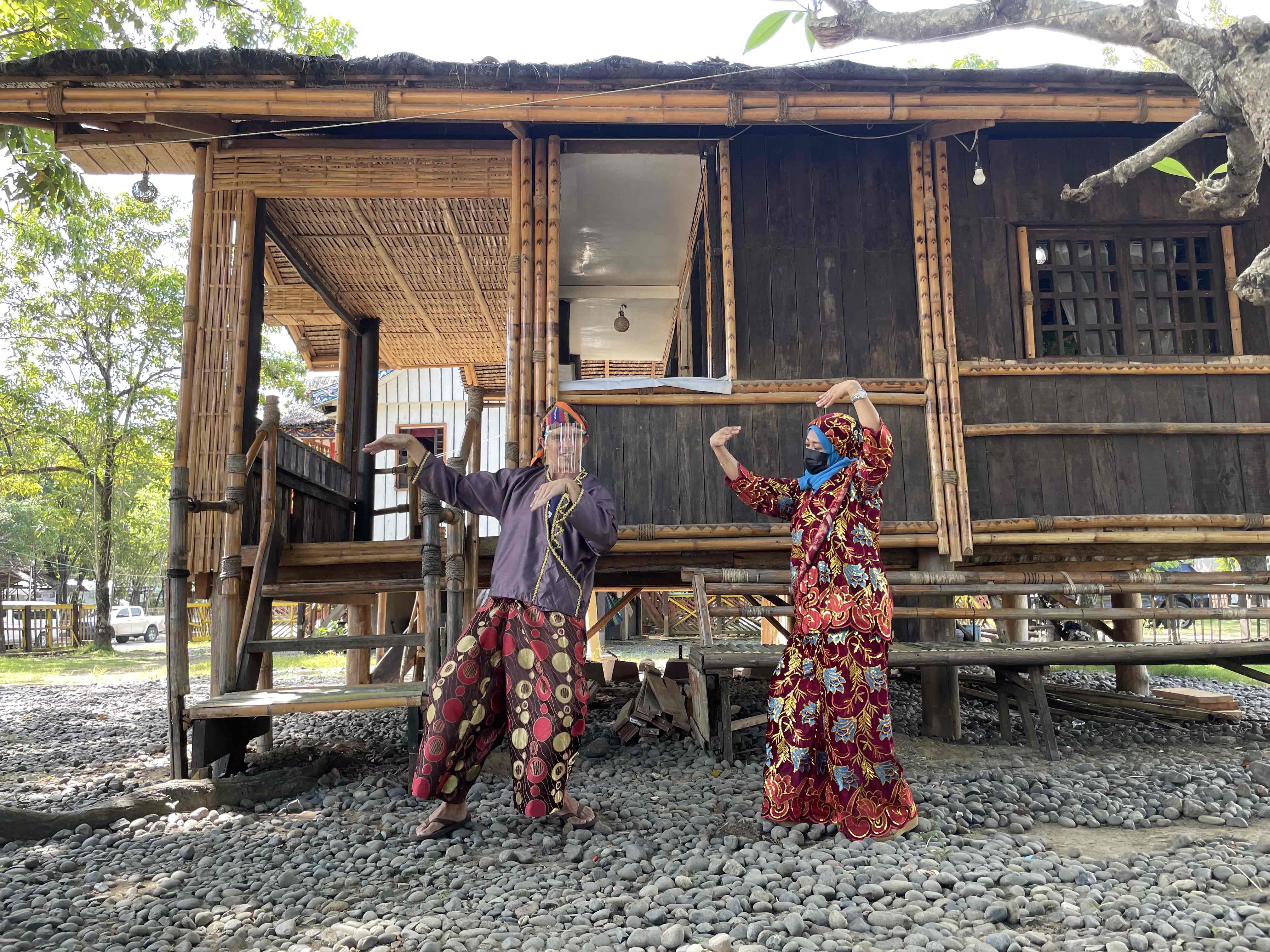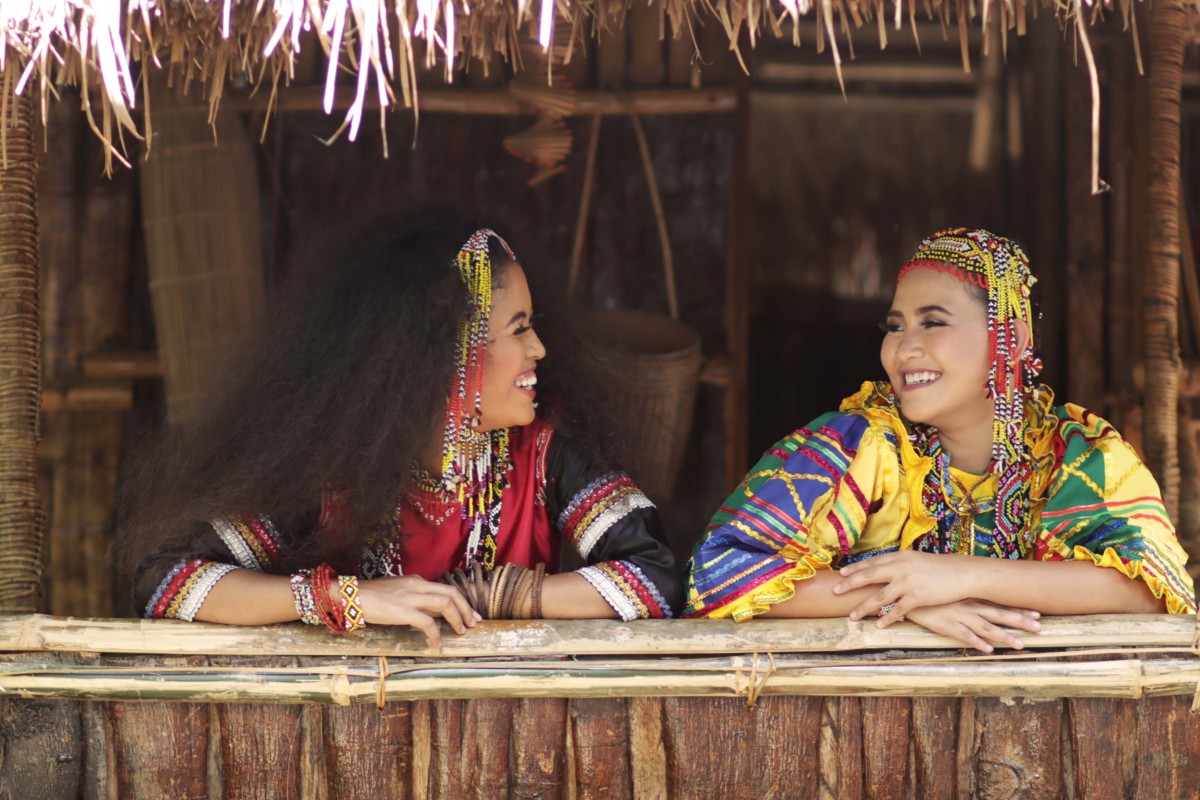Old American settlers once described Davao’s fertile richness as “Garden of the Gods” . And even before the arrival of Spanish, American, Japanese colonialists alongside settlers from Luzon and Visayas, the land had nurtured the communities inhabiting the region
The origins of the Kadayawan can be traced back to a thanksgiving festival, held by the tribes living in the foothills of Mt. Apo as a gesture of thanks to the supreme being Manama for the bountiful harvests. In the 1970s, then Mayor Elias V. Lopez, a full-blooded Bagobo, initiated several tribal festivals which highlighted the thanksgiving rituals and ceremonies of the Davao City’s indigenous communities.
In 1987, Davao City OIC Mayor Zafiro Respicio unified these festivals into one large festival which was called ‘Apo Duwaling’ named after Mt. Apo, the durian fruit and the waling-waling orchid which were known as the city’s icons.
“At that time Mayor Respicio decided that we will have a festival that will attract more tourists because at that time may problema ang lungsod sa peace and order. So, to ensure that people will come to celebrate the goodness of Davao we have the Apo Duwaling Festival,” said journalist Ed Fernandez, who was the City Tourism officer during the time of OIC Mayor Respicio.
Fernandez shared the essence of this religious festival was to give thanks to God regardless of the various names by which He was known among the diverse communities residing in Davao.
“When it is a religious festival, it will not die because it comes from our spiritual belief that Davao City has all the blessings, has all the gifts bestowed by God in whatever name he is known to our IPs,” Fernandez said.
The festival was renamed in 1988 into ‘Kadayawan’ from the indigenous word ‘Madayaw’ which means good, something beautiful or abundant.

As the City celebrates its 38th staging of the Kadayawan held every third week of August, the core belief is a celebration of something beautiful and abundant. A beautiful element being highlighted during Kadayawan is the city’s rich cultural diversity encompassing not only the settler population but also the 11 recognized ethnolinguistic groups that were natives to Davao City (the Indigenous Peoples), as well as the Moro groups who have chosen it as their home .
During each Kadayawan festival, these communities showcase the finest aspects of their cultures and traditions through various events that serve as platforms for their unique heritage.
For visitors, it’s often emphasized that a complete Kadayawan experience entails witnessing and immersing in the is complete if one didn’t get to see and hear the sights and sounds of the 11 tribes.
Introducing the 11 tribes of Davao, each embodying a unique tapestry of traditions, cultures, and histories that contribute to the vibrant and diverse cultural landscape of the region.
1. Ata
They are referred to as people of the mountains., Their ancestral domain covers the areas of San Fernando and Kitaotao in Bukidnon, Talaingod and Sto. Tomas in Davao del Norte, as well as portions of Paquibato and Buhangin Districts in Davao City.
They are naturally shy yet gentle and hospitable people. They hold a strong sense of community, readily offering assistance during times of need. Their religious practices involve praying to Manama during planting and harvests seasons particularly as they cultivate upland rice, corn, sweet potato and bananas.
Their musical instruments include the bangkakawan, kudlong suloroy, which they skillfully use for celebratory dances within their communities.
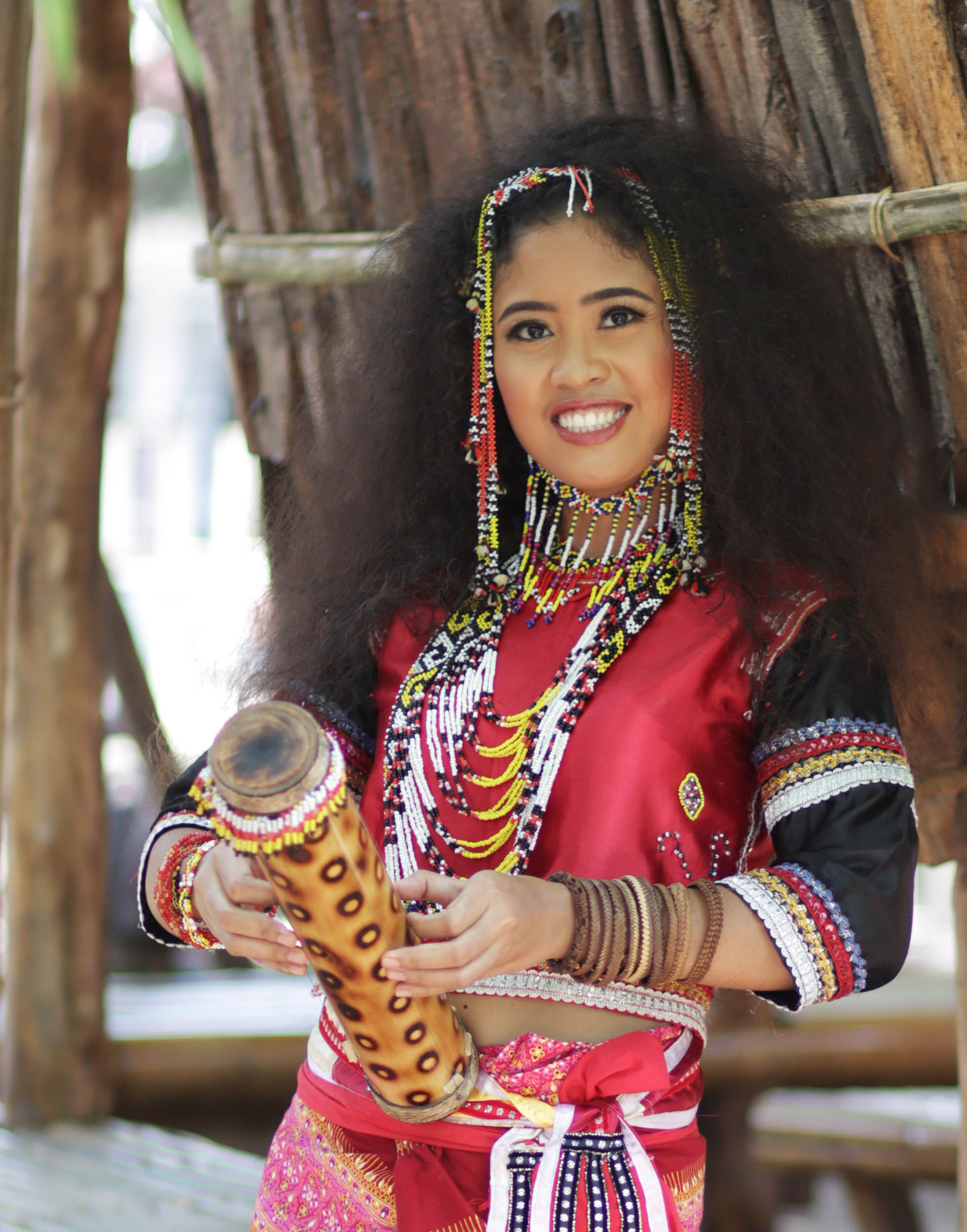
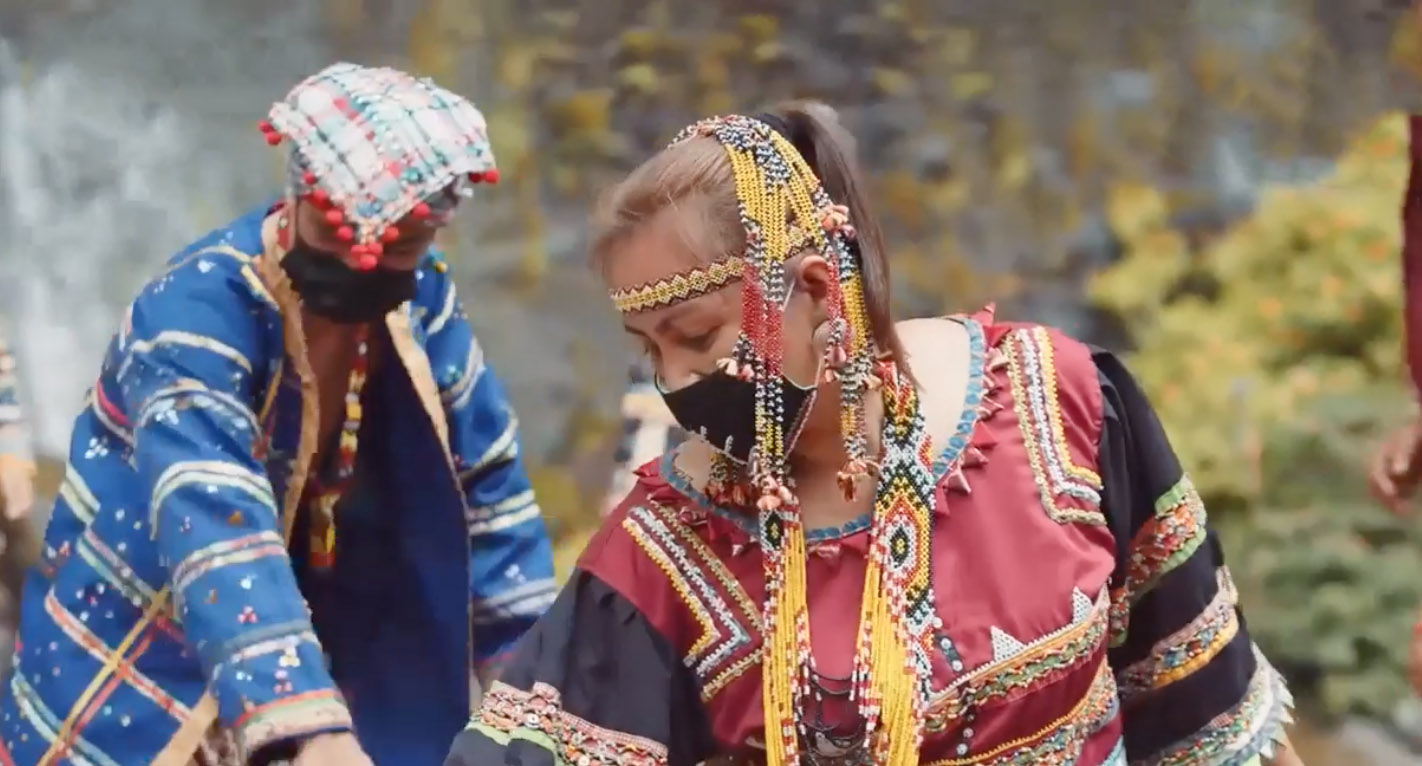
2. Bagobo Klata
The Bagobo Klata are called forest dwellers as they lived in Davao forested hinterlands., Nowadays they are found in the districts of Catalunan Pequeno, Tugbok District, Calinan and Baguio District.
Their livelihood is mostly agricultural, particularly growing fruits. Known for their elaborate attire, weaving is part of their culture and the community have initiated efforts to preserve their weaving tradition using abaca.
3. Bagobo Tagabawa
Referred to as the people of the south, the Tagabawa occupy the areas stretching Toril Lipadas to Makilala in North Cotabato. Living in the foothills of Mt. Apo gave them distinction as the guardians of Mt. Apo.
They are known for their beautiful clothing with intricate beaded designs. These creative patterns and designs are said to be derived from their dreams and visions, rendering these creations to be deeply sacred and significant.
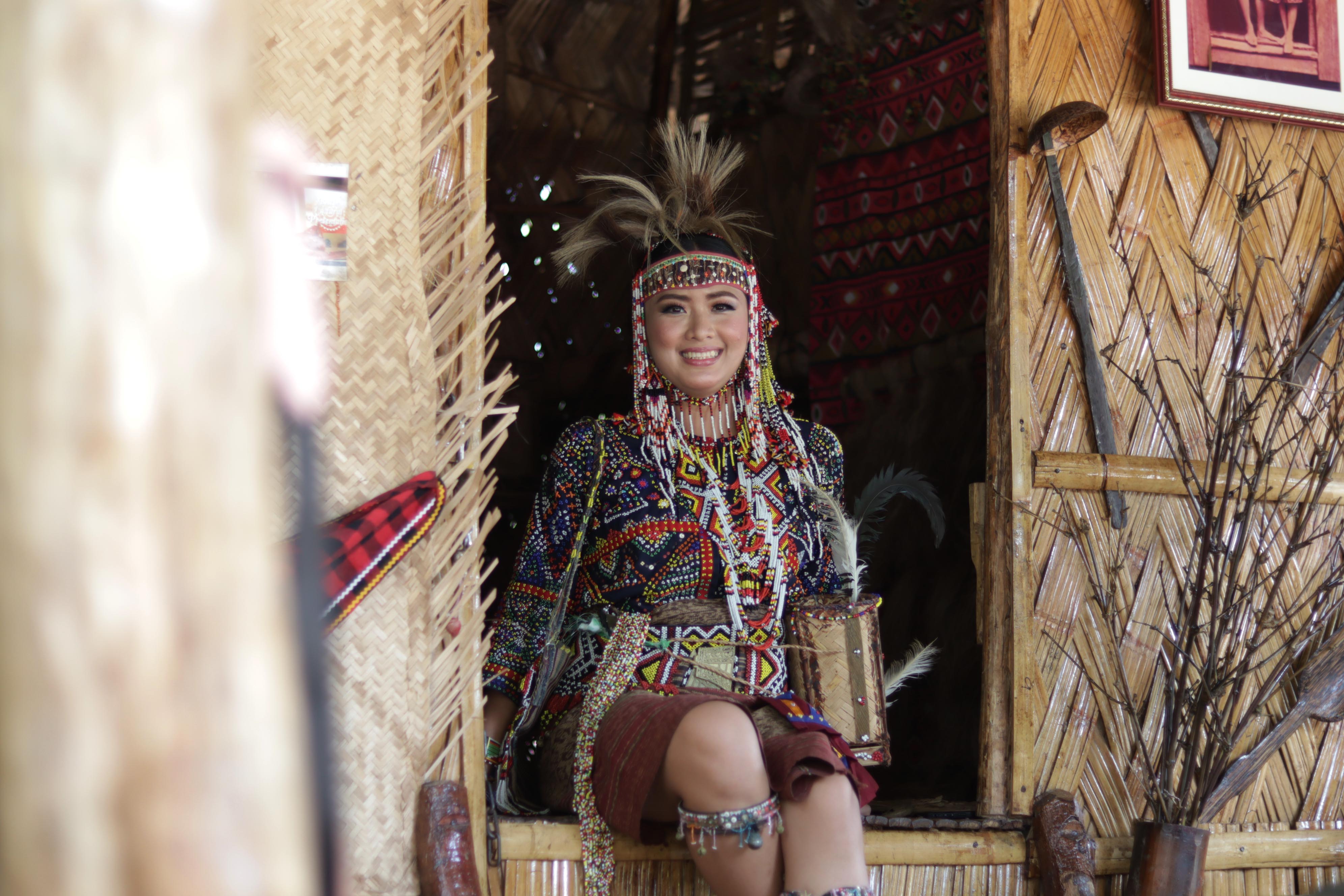
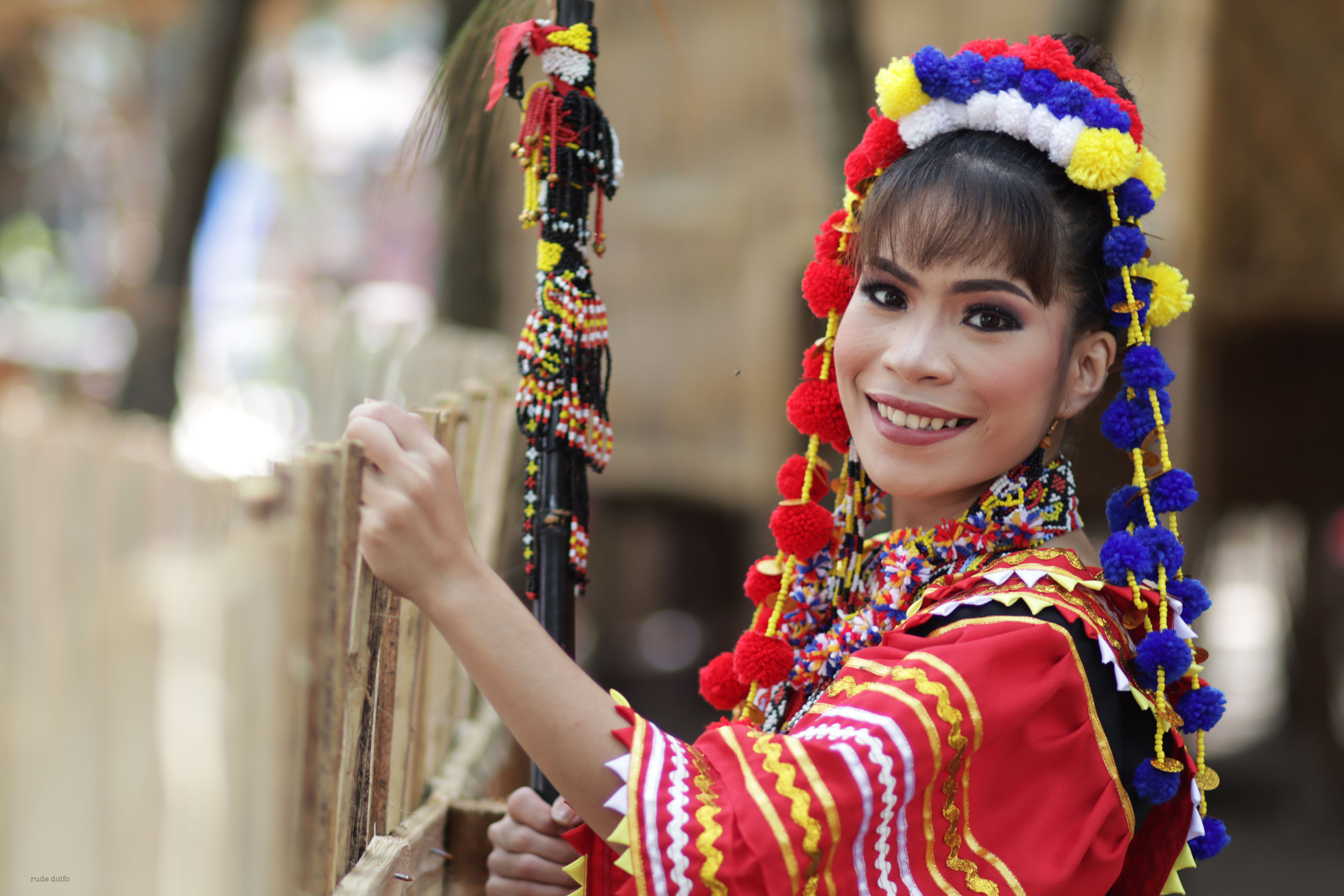
4. Matigsalug
Matigsalug means people of the river. They inhabit the upper reaches of the Davao River. Their way of life involves cultivating indigenous rice, corn, sweet potatoes, and bananas.
The Matigsalug is also known for their different dances which are accompanied by musical instruments such as the kubing, pulandag and lanyo. In the Kadayawan village, a customary Matigsalug dwelling is characterized by its modest windows, designed to serve as an early warning system for any approaching Mangayaw (someone seeking justice).
The Matigsalug also take pride in their traditional attire which they proudly showcase during the Kadayawan celebration.
5. Obu Manuvu
The Obu Manuvu resides in the areas north of the Tamugan River which include portions of Marilog District and Baguio Proper.
Their main livelihood is vegetable farming and growing cacao. They are known for their fine weapons and intricate jewelry.
One of their beliefs involves performing rituals through dancing before various activities, such as planting and harvesting, as a mark of reverence for their ancestors and spirits.
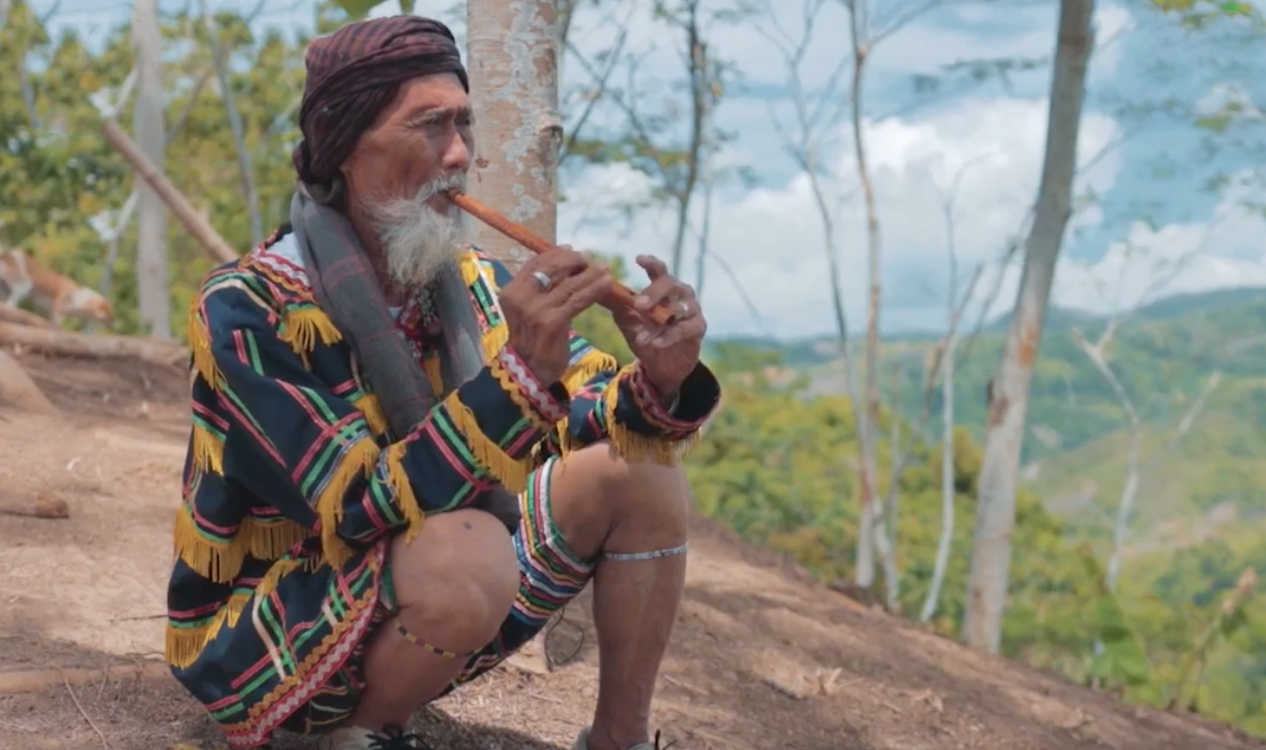
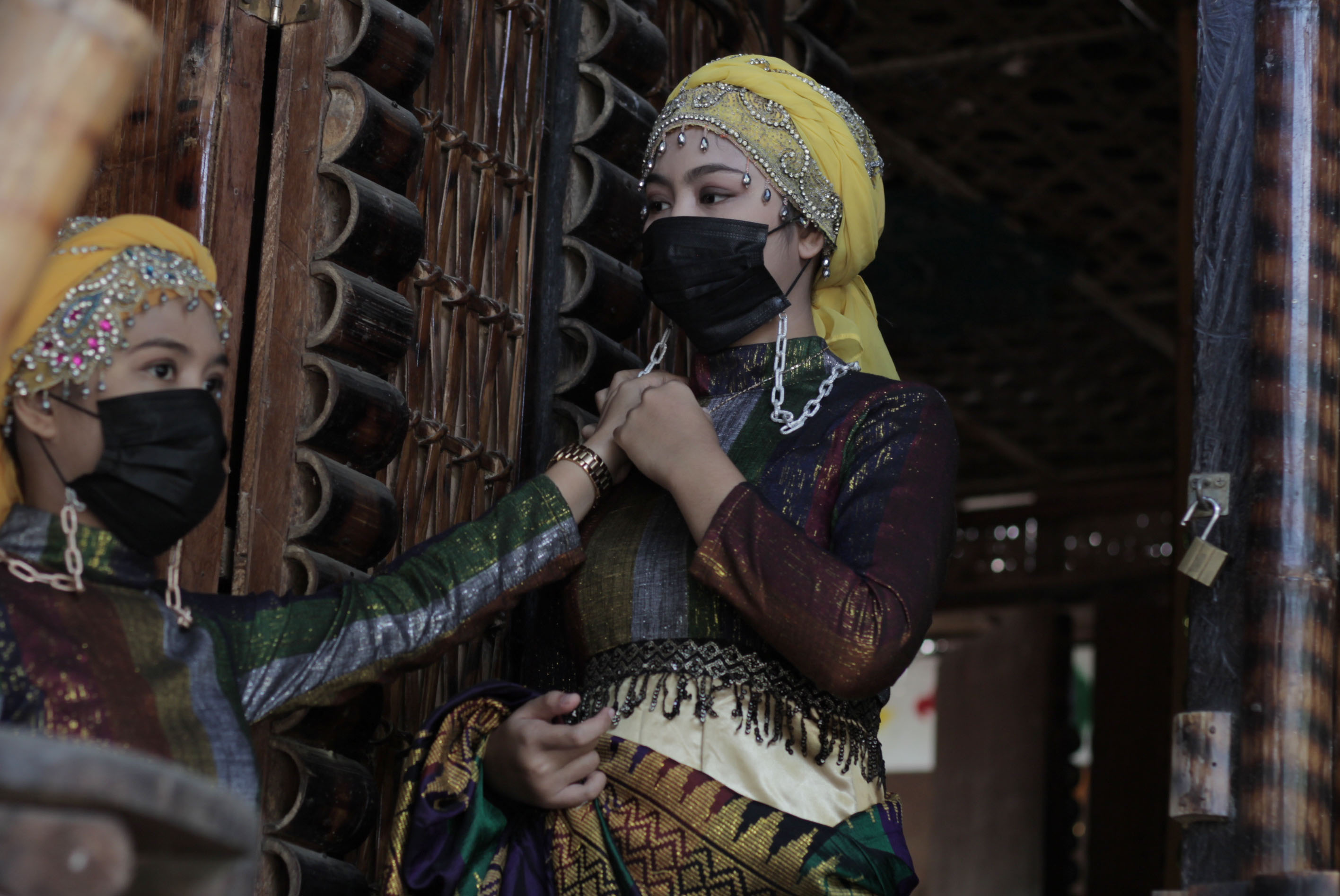
6. Kagan
Their communities are found mostly in the coasts of Davao. The Kagan are original inhabitants of the region and embraced the religion of Islam. Inland Kagans are engaged in farming, cultivating rice, corn, and abaca, whereas coastal Kagans rely on fishing for their livelihood.
They are peace-loving people and known for their hospitality. It is said that if one visits a Kagan home regardless of whatever tribe he or she belongs to, that person will never leave starving or thirsty.
They continually preserve their culture through thanksgiving and wedding celebrations where they wear their traditional attire, prepare their traditional dishes, observe Sambayang or Islam prayer and play the Kulintang.
7. Iranun
Up until 2015, Davao City was home to 10 officially recognized ethnolinguistic tribes, and it was in that year that it formally recognized the Iranun tribe.
Originating from Ilana Bay (Moro Gulf), a notable Iranun community is situated in Sirawan and Toril. Renowned for their peaceful and affable nature, they seamlessly integrate with different groups.
They are known for their warrior dance which they proudly showcase during the Kadayawan. Additionally, their traditional attire features the distinctive Inaul fabric.
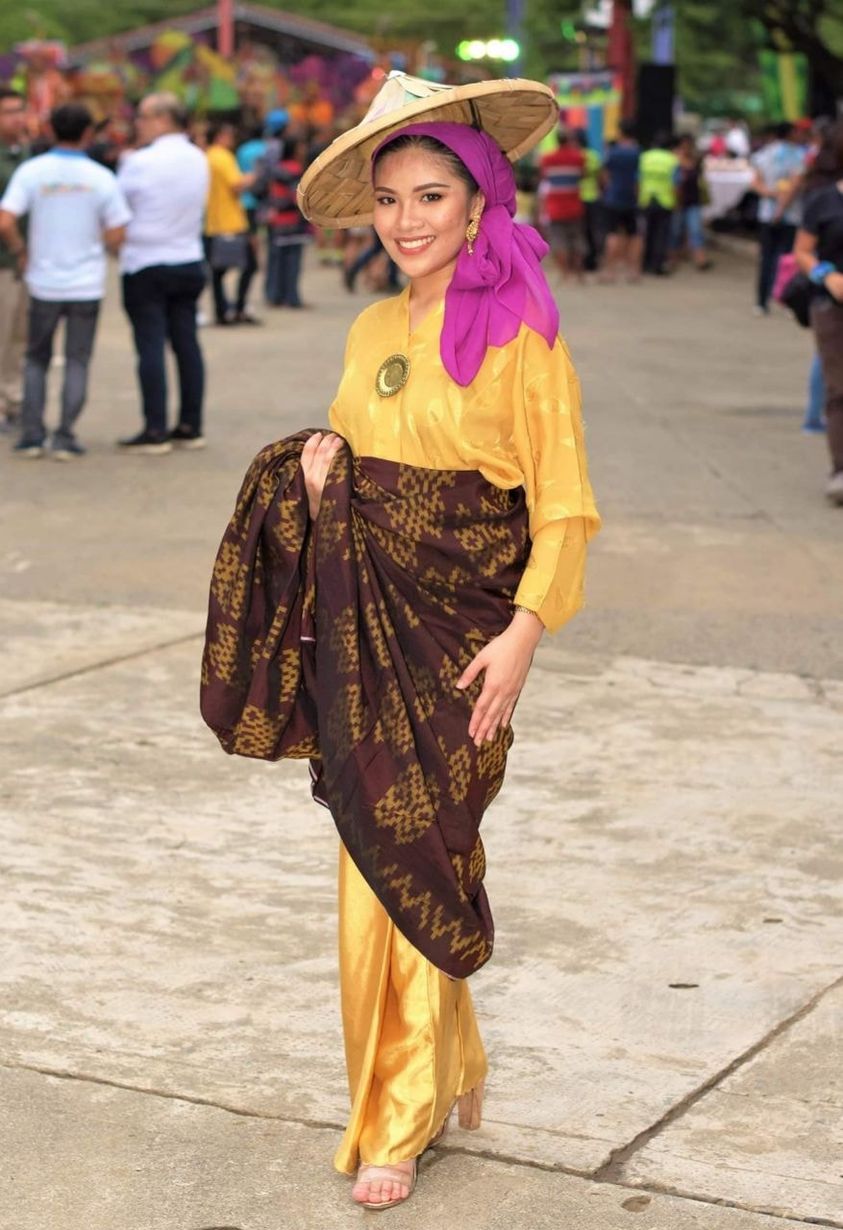
9. Maranao
Referred to as People of the Lake, currently the Maranao communities can be found in the Poblacion, in Talomo, Buhangin, Toril, Tugbok and Calinan.
Aside from trading, one of their livelihood is weaving Malong which they call ‘Landap’ which is proudly Maranao creation.
They are also recognized for their expertise with kulintang musical instruments. As the Kadayawan festival approaches, the resonating sound of the Kulintang can be heard echoing throughout Davao City, signaling the start of festivities.
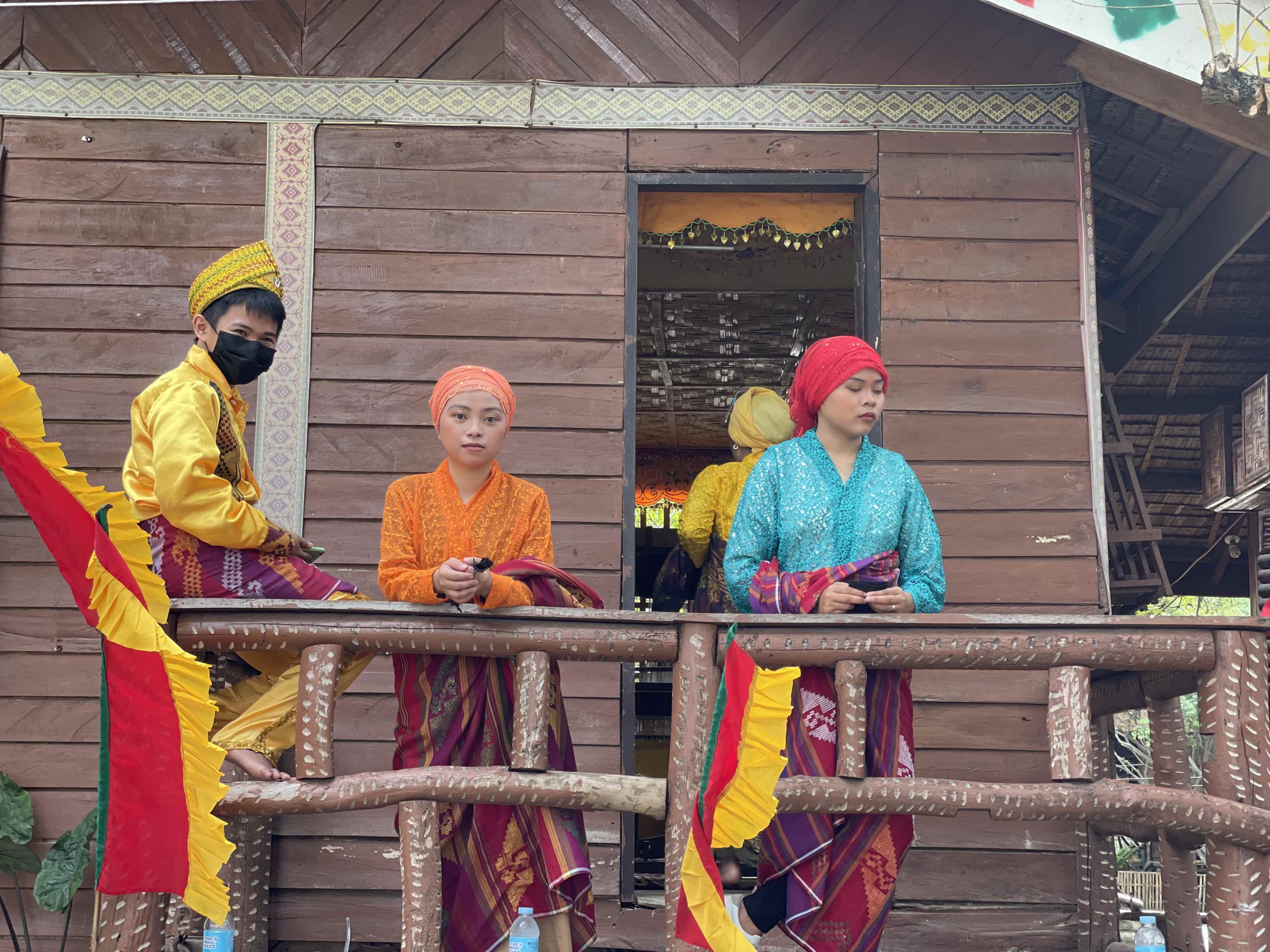
8. Maguindanaon
Known for their rich and colorful history, the Maguindanaon originated in the flood plains of Central Mindanao near the Pulangi River. In Davao City, they are scattered along its three congressional districts with a sizable community residing in the Times Beach area.
They are known for their metalwork and their inaul fabric. They have distinguished themselves as masters of visual art and also known for their rich literature consisting of poems and folk narratives.
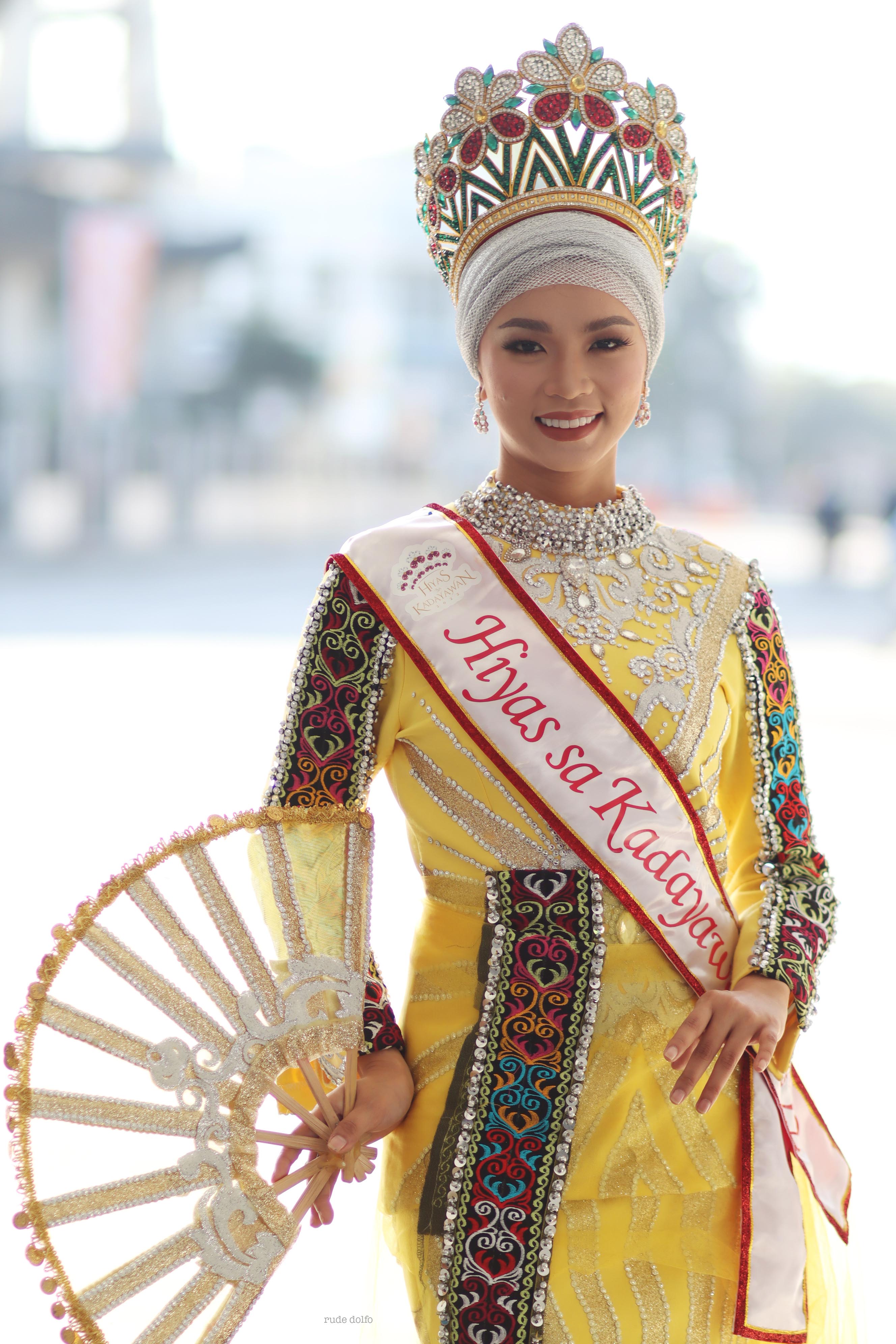
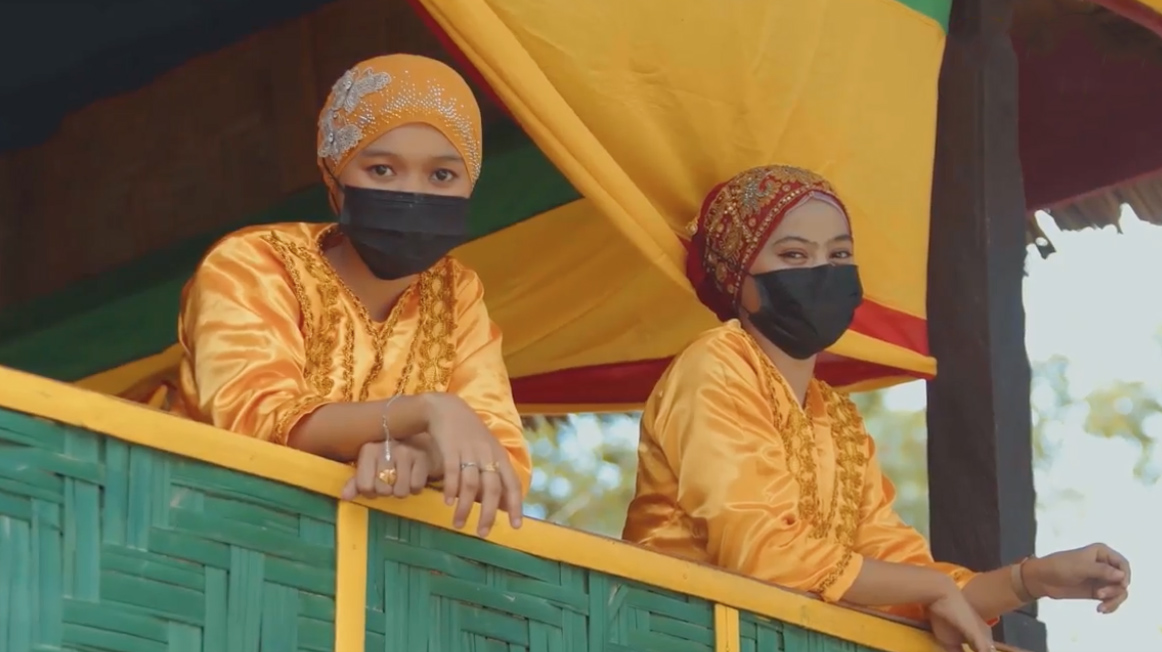
10. Sama
Originally from Tawi-Tawi and Sulu, the Sama communities in Davao City can be found in the coastal barangays from Toril to Bunawan.
They are peace-loving and close-knit people who value togetherness. They depend on fishing as their main source of livelihood.
The Sama have a particular belief in the presence of ‘embo’ or spirits. When a Sama emerges from an accident unscathed, it is customary for them to express gratitude to both Allah and the embo for safeguarding them from harm.
11. Tausug
The Tausug tribe originally came from Jolo, Sulu. Some migrated to Davao and sizable communities can be found in Tamayong, Ilang, Isla Verde and Piapi. They are renowned for their bravery and courage, as well as for their steadfast commitment to keeping their promises.
One of the main livelihoods of the Tausug in Davao is fishing. They are known for their musical instrument called Ag Dapuan or Dabakan which is used during weddings and thanksgiving celebrations. Their famous dance, the Pangalay or fingernail dance is often presented by the community during the Kadayawan.
